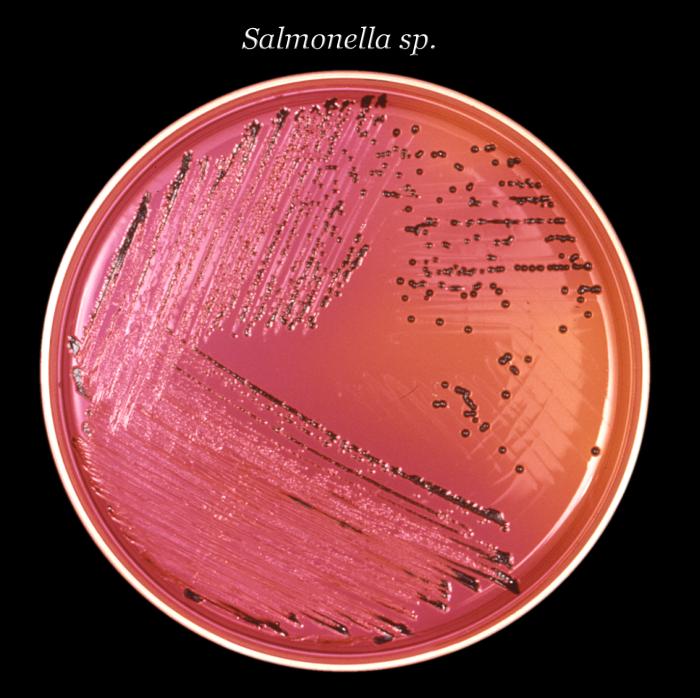 The recent Salmonella recalls and raw food debate have led to a lot of discussion about Salmonella in pets, and also some confusion about what some different terms mean.
The recent Salmonella recalls and raw food debate have led to a lot of discussion about Salmonella in pets, and also some confusion about what some different terms mean.
Salmonella vs salmonellosis
- Salmonella is the bacterium.
- Salmonellosis is disease caused by infection with the Salmonella bacterium.
When an animal is exposed to the Salmonella bacterium from food or feces, a variety of states can develop.
- No Salmonella, no disease: In these cases, Salmonella does not survive passage through the intestinal tract and nothing happens. The animal doesn’t get sick and Salmonella is not detectable.
- Colonization (also called "carriage"): This is when Salmonella survives passage through the stomach and grows, at least for a while, in the intestinal tract, but does not cause disease. Colonized animals may shed Salmonella, meaning they pass the Salmonella bacterium in their feces, and may therefore be a source of infection for people or other animals. Colonized animals will most often eliminate Salmonella on their own in a short period of time (days to a couple of weeks) and usually don’t get sick. It is possible, however, that a colonized animal could develop salmonellosis from Salmonella living in its intestinal tract. This is most likely to occur if something allows the bacterium to overgrow in the intestinal tract or reach the bloodstream, which is most likely in young, old or sick animals.
- Transient passage: This occurs when live Salmonella that have been ingested survive passage all the way through the intestinal tract, but without the bacterium becoming established in the body and without disease. Salmonella can be detected in feces. It’s hard to distinguish transient passage from short-term colonization, and it’s not clear whether transient passage really occurs.
- Enteric salmonellosis: This is the most common form of disease, characterized by diarrhea and potentially varying degrees of depression, weakness, lethargy, decreased appetite and vomiting.
- Systemic salmonellosis: This uncommon and severe form of disease occurs when Salmonella enters the bloodstream (by invading through the intestinal wall) and causes a bloodstream infection and/or infection of other body sites/organs. This form is often fatal. It is most common in young and old animals, or animals with other diseases that affect their ability to fight infections.
- Contamination: It is also possible for animals to spread Salmonella that has only contaminated the outside of their bodies. For example, a dog eating contaminated food might get Salmonella on its face. The bacterium doesn’t make in to the intestinal tract and can’t cause colonization or disease in the dog, but the dog’s face could be a source of infection for other individuals for a short period of time, until the bacteria die or are physically removed.
Image: Salmonella sp. on an XLD agar culture plate 24 hours after innoculation. (Source: CDC Public Health Image Library #6619)